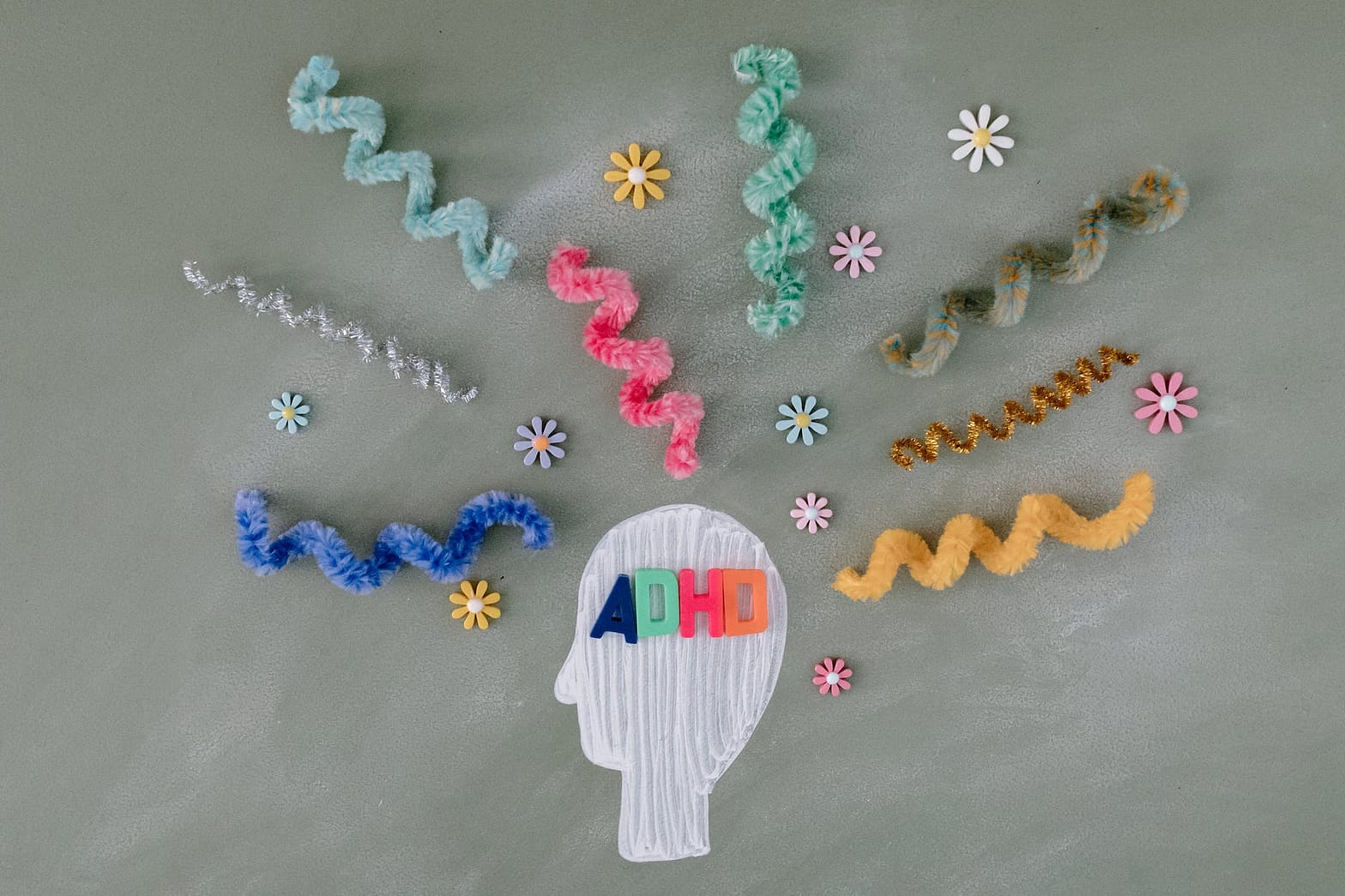Attention deficit hyperactivity disorder (ADHD) and autism spectrum disorder (ASD) are two neurodevelopmental disorders that often co-occur and share several similarities in terms of symptoms and underlying neural mechanisms.
While they are distinct conditions, research has shed light on the complex relationship between ADHD and autism, revealing overlapping characteristics and genetic factors.
In this article, we will delve into the link between ADHD and ASD, exploring their shared features, potential causes, and the implications for diagnosis and treatment.
Table of Contents
Defining ADHD and Autism Spectrum Disorder
ADHD is a neurodevelopmental disorder characterized by persistent patterns of inattention, hyperactivity, and impulsivity that significantly impact an individual’s daily functioning.
On the other hand, autism spectrum disorder encompasses a range of conditions characterized by social communication challenges, restricted and repetitive behaviors, and sensory sensitivities.
While both disorders manifest in early childhood, ADHD symptoms typically emerge earlier, with autism symptoms often becoming more apparent in the second or third year of life.
Overlap in Symptoms and Diagnostic Challenges
One of the reasons for the confusion and diagnostic challenges in differentiating ADHD from autism is the considerable overlap in symptoms.
Both conditions involve difficulties in attention regulation and executive functioning. Children with ADHD may exhibit impulsive behavior, hyperactivity, and struggle with sustained attention, while those with autism may display restricted interests, repetitive behaviors, anxiety, and difficulties with social interaction. However, individuals with ADHD often have a better-developed social understanding compared to those with autism.
Shared Genetic Factors and Biological Mechanisms
Research suggests a significant genetic component to both ADHD and autism, which may explain their co-occurrence in some individuals.
Studies have identified common genetic variations associated with both disorders, including genes involved in neuronal development, synaptic functioning, and neurotransmitter regulation.
Dysregulation of dopamine and serotonin systems, crucial for attention and emotion regulation, has also been implicated in both ADHD and ASD.
These shared biological mechanisms contribute to the observed overlap in symptoms and may provide insights into potential therapeutic targets.
Neurological Differences and Brain Connectivity
Neuroimaging studies have revealed distinct but interconnected patterns of brain abnormalities in individuals with ADHD and autism.
In ADHD, reduced prefrontal cortex activation, which plays a crucial role in attention and impulse control, has been observed.
Meanwhile, in autism, there is evidence of atypical connectivity between brain regions involved in social perception and communication, such as the amygdala and fusiform gyrus.
These findings highlight the complex interplay between ADHD and autism at the neural level, supporting the notion of shared underlying mechanisms.
Comorbidity and Treatment Challenges
ADHD and ASD frequently co-occur, with estimates suggesting that 50% of individuals diagnosed with autism also meet the criteria for ADHD.
The presence of both conditions can complicate diagnosis and treatment planning, as symptoms can overlap and interact in complex ways. For instance, difficulties with attention and impulse control in individuals with autism may exacerbate behavioral challenges and hinder social interactions.
Comprehensive assessment and individualized treatment plans that address the unique needs of each individual are essential to optimize outcomes.
Future Directions and Research Implications
The complex relationship between ADHD and ASD warrants further investigation to enhance our understanding of their shared etiology and clinical implications.
Longitudinal studies tracking individuals from early childhood into adulthood can shed light on the developmental trajectories and potential risk factors that contribute to the co-occurrence of these disorders.
Advancements in genetic research, brain imaging techniques, and the exploration of biomarkers may facilitate the identification of distinct subtypes within ADHD and autism.
Is There a Link Between ADHD and Autism?
ADHD and ASD are neurodevelopmental conditions that often co-occur and share overlapping features.
Understanding the link between these disorders requires an exploration of genetic, biological, and neurological factors that contribute to their development.
By recognizing the shared underlying mechanisms, healthcare professionals can tailor interventions to address the unique needs of individuals with both ADHD and autism.
Continued research efforts hold the potential for enhanced diagnostic accuracy, improved treatment outcomes, and ultimately, a better quality of life for individuals affected by these complex disorders.

